Negotiations progress on Gol’s future amid its U.S. restructuring efforts
05/07/2024
/i.s3.glbimg.com/v1/AUTH_37554604729d4b2f9f3eb9ad8a691345/internal_photos/bs/2024/h/a/haf0YUTsikFNEeSpltgw/azul-e-gol-avioes-divulgacao.png)
According to insiders, Azul is facing financial challenges, compounded by the weakened Brazilian real and escalating costs, as it negotiates with creditors — Foto: Divulgação
Azul intends to submit a business combination proposal with Gol to the United States Bankruptcy Court for the Southern District of New York within the next three months, sources told Valor. Currently, discussions are ongoing with Abra, the holding entity that owns Gol and Colombian airline Avianca.
The proposal’s submission to the New York Court is a required step due to Gol’s ongoing restructuring under Chapter 11 in the United States.
Gol’s participation in Chapter 11 has adversely affected its stock market performance, presenting a strategic opportunity for Azul, whose market capitalization is approximately six times greater than that of its competitor.
According to insiders, Azul is facing financial challenges, compounded by the weakened Brazilian real and escalating costs, as it negotiates with creditors.
Sources have indicated to Valor that negotiations between Azul and the shareholders of Abra have advanced. “What has been discussed is structural, governance, and transactional terms. The current market prices of Azul and Gol are not perceived as reflective of their true value, prompting extensive financial analyses to ascertain each company’s worth. This task is complicated by the volatile exchange rate [in Brazil],” one source explained.
Interest in a potential merger between Gol and Azul has intensified after they announced a codeshare agreement. However, the feasibility of such a merger raises questions about how it would be received by Brazil’s Administrative Council for Economic Defense (CADE).
Gol has initiated discussions with creditors and investors as part of its restructuring efforts. The proposed plan involves refinancing approximately $2 billion and securing a capital injection of $1.5 billion, potentially through issuing new shares.
However, there are mounting concerns in the market regarding Azul. Despite the airline finalizing an $800 million restructuring agreement with lessors, which includes provisions for payments to be partly made through share issuance at R$36—significantly above today’s share price of nearly R$7—there is growing unease about Azul’s financial stability. Payments under this restructuring are set to start in the third quarter of this year, totaling R$240 million for the semester. Yet, the strategy of converting these payments into shares at the initially agreed price is viewed unfavorably by stakeholders on both sides.
Simultaneously, the group is actively working to enhance its financial flexibility by launching a new debenture issue. Sources indicate that Azul aims to secure R$600 million through this debenture, which will be incorporated into a Credit Rights Investment Fund (FIDC).
However, Azul’s fundraising efforts are occurring amid a challenging market environment, heightened by President Lula’s critical comments towards the head of the Central Bank, Roberto Campos Neto, which have injected significant volatility. The debenture has been structured in multiple tranches, offering rates ranging from CDI + 3% to CDI + 8.5%—CDI being Brazil’s interbank short-term rate. To date, the average amount raised stands at R$300 million, at a rate of CDI + 6%.
This fundraising is crucial for bolstering Azul’s cash reserves, particularly as the airline sector faces escalating costs driven by the weakened real. Currently, there is limited scope within the industry to increase fares. Additionally, the crisis in Rio Grande do Sul has emerged as a particular point of concern, given that the state represents 10% of the sector’s overall demand.
As part of its Chapter 11 proceedings, Gol has been submitting its preliminary financial results on a monthly basis to the Southern District of New York, revealing signs of the broader challenges the industry faced in the second quarter.
“[In May], Gol’s EBITDA margin was 11%, which is considered weak, particularly in light of the issues in Porto Alegre that affected everyone’s results. Essentially, the sector started the second quarter on a weak footing and will continue to feel the impact of rising costs into the third quarter,” explained a source.
Market experts suggest that an EBITDA (earnings before interests, taxes, depreciation and amortization) margin of around 25% is considered healthy to effectively cover the cost of capital in Brazil.
The competitive landscape for Gol and Azul could become even more challenging as Latam, which currently holds over 40% of the Brazilian market share, is taking steps to solidify its position by bolstering its liquidity.
On March 3, Latam announced plans to conduct a secondary offering aiming to raise at least $200 million and is considering relisting its American Depositary Receipts (ADRs) in New York, which were previously suspended during the group’s restructuring phase.
Sources indicate that this financial strategy could enable Latam to reduce its fares by alleviating balance sheet pressures and paying off high-interest debts.
“By not reducing fares, Latam is inadvertently supporting Gol and Azul. If Latam manages to renegotiate its debts and gains financial leeway, it will disadvantage its rivals, who are burdened with higher debts and depleting cash. Latam has no current incentive to increase prices,” a source informed Valor.
Meanwhile, the prospect of government support for Brazilian airlines has faded. There has been longstanding discussion about utilizing the National Fund of Civil Aviation (FNAC) to secure loans, but progress has stalled. Despite multiple deadlines being set, no substantial actions have been taken.
Representatives from Gol, Abra, Latam, and Azul have all declined to comment on the matter.
*Por Cristian Favaro — São Paulo
Source: Valor International

/i.s3.glbimg.com/v1/AUTH_37554604729d4b2f9f3eb9ad8a691345/internal_photos/bs/2024/4/M/H0IAfdSIyik7eOhBq6pw/260624gradientesolar15.jpg)
/i.s3.glbimg.com/v1/AUTH_37554604729d4b2f9f3eb9ad8a691345/internal_photos/bs/2024/E/f/oAVe7WQY6f46h2NjGJEA/mg-8873-0.jpg)
/i.s3.glbimg.com/v1/AUTH_37554604729d4b2f9f3eb9ad8a691345/internal_photos/bs/2024/z/M/1BH4IRShaBGpMuVUJpFg/107487788-mariz-pa-20brasilia-2027-06-2024-20fernando-20haddad-reuniao-20plenaria-20do-20conselho-20de-20desenvolvimen.jpg)
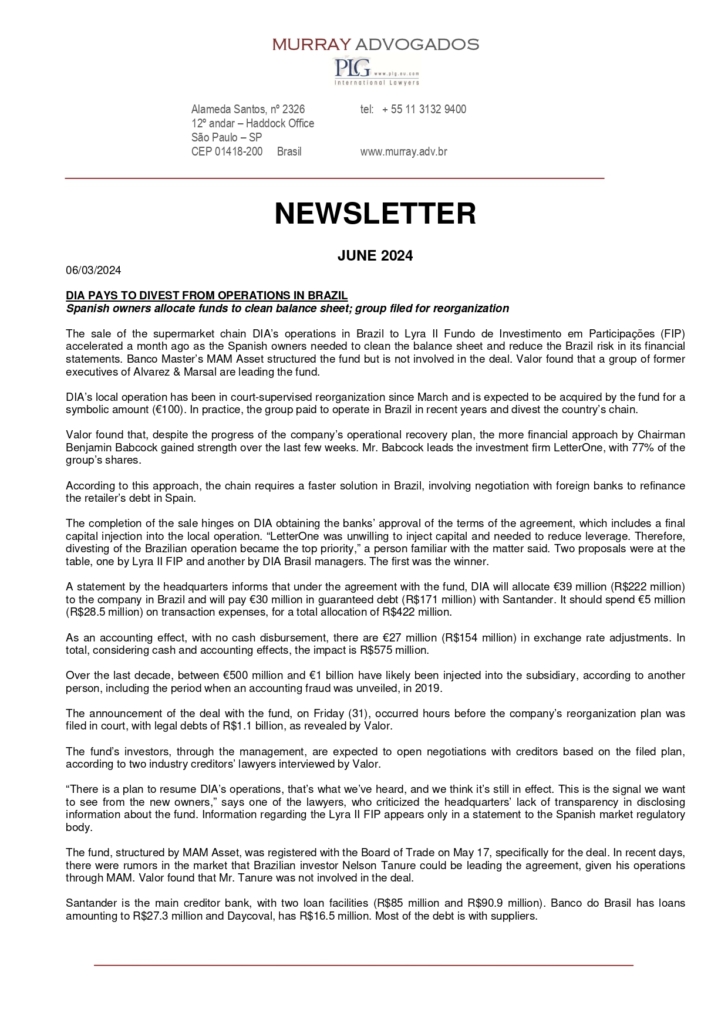
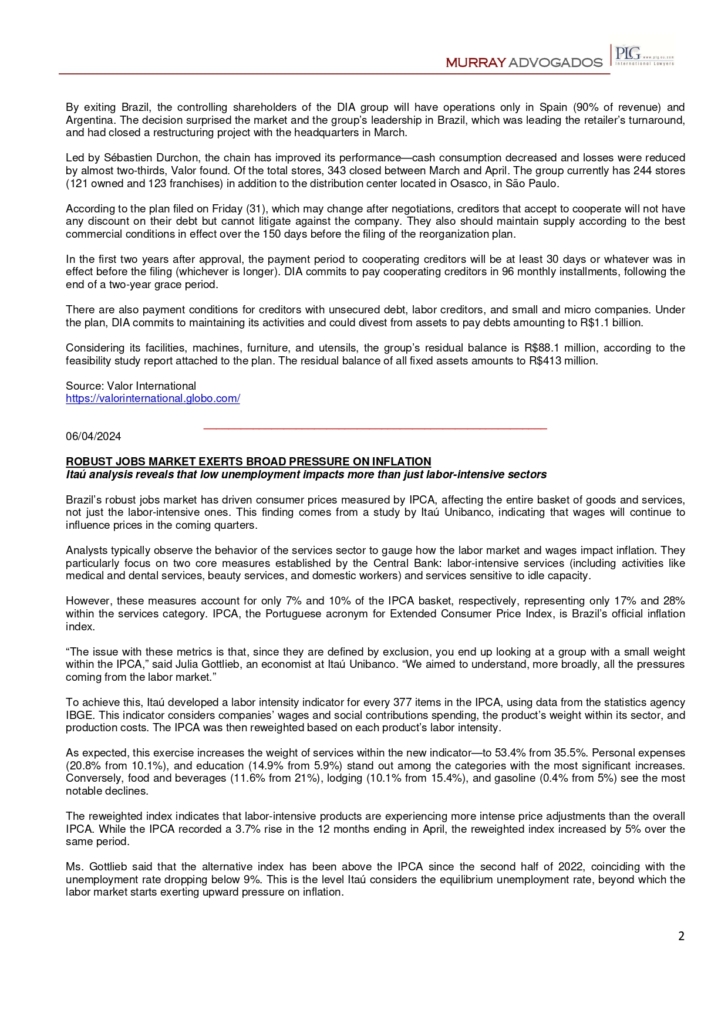
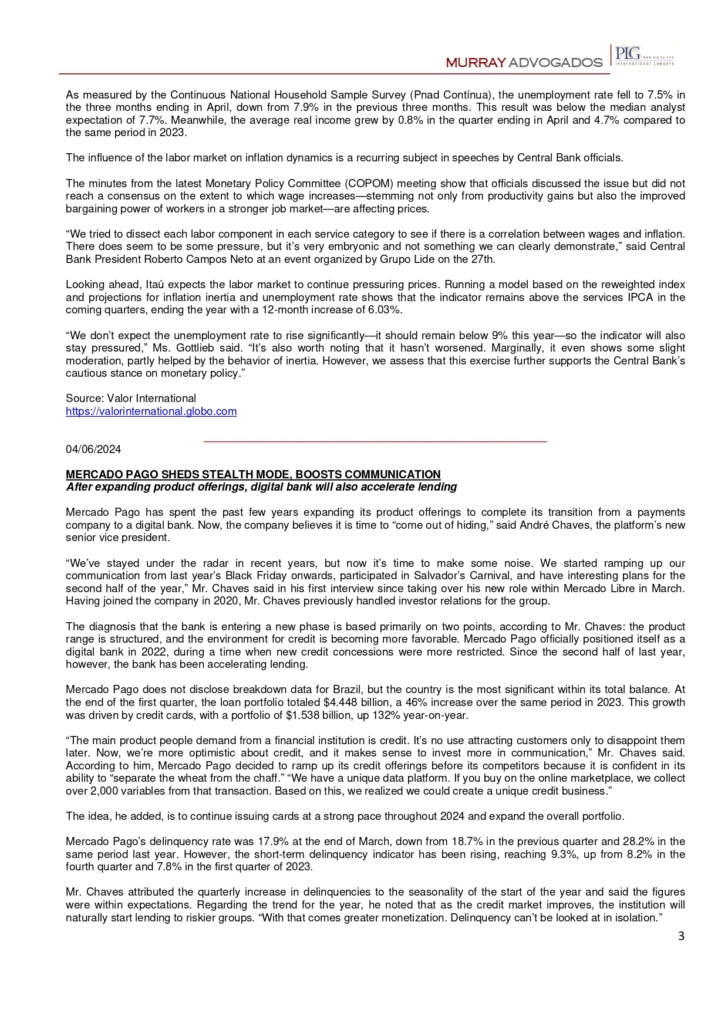
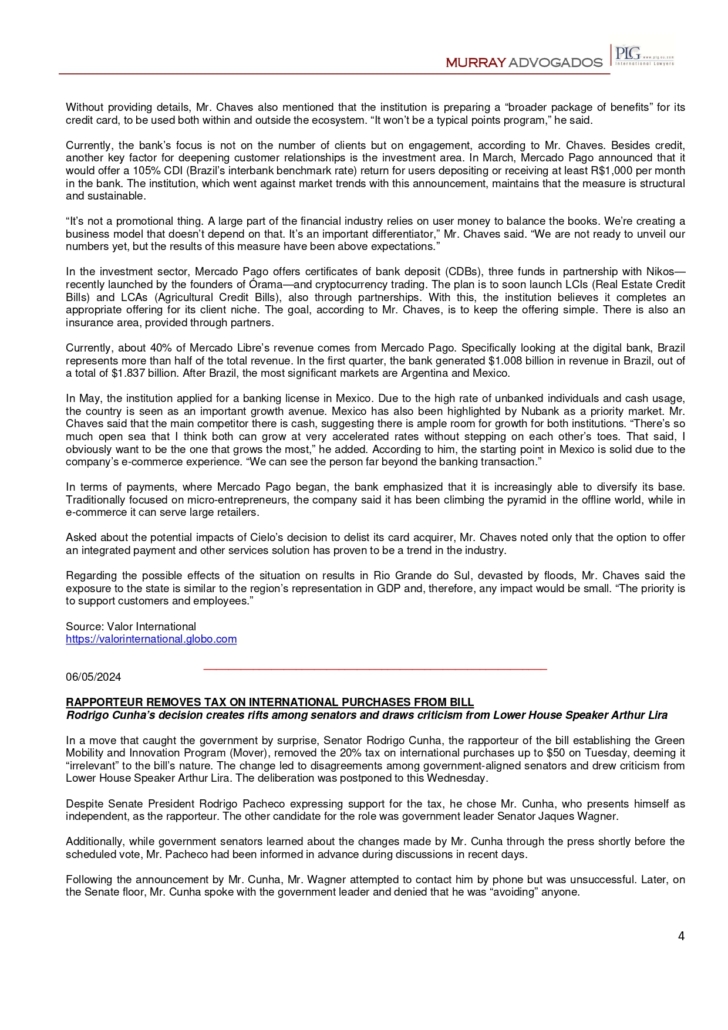
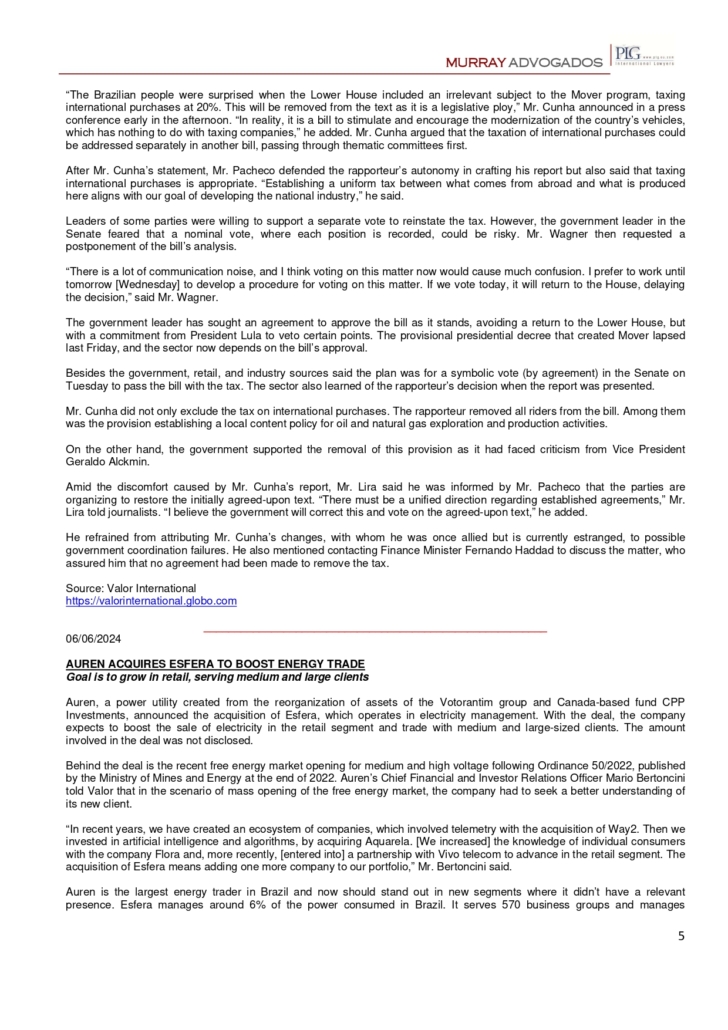

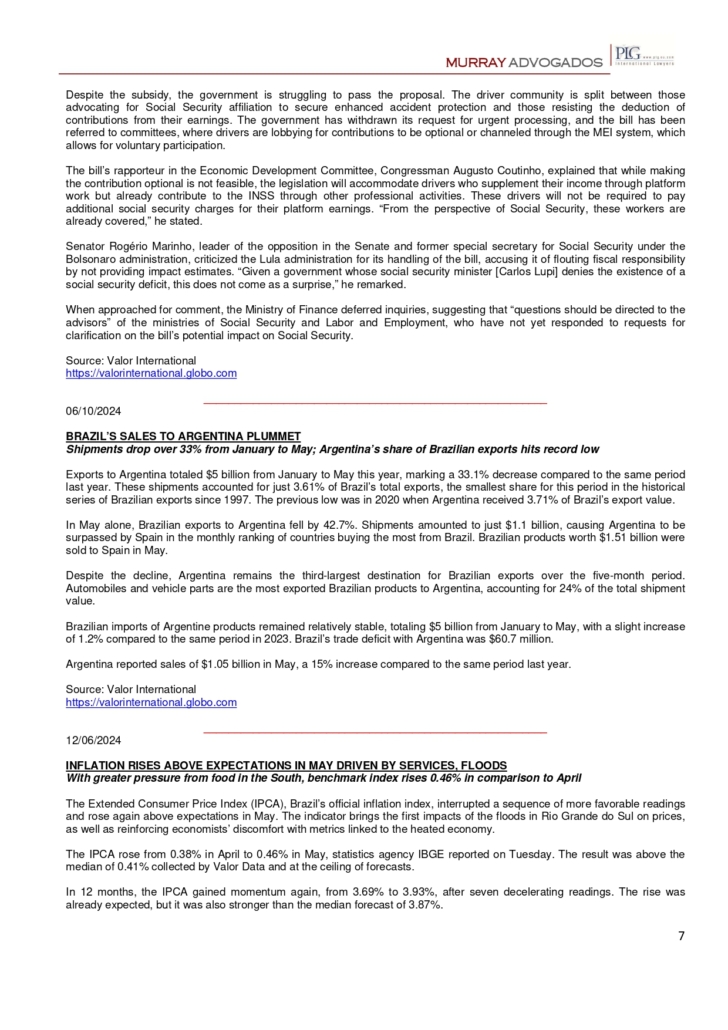
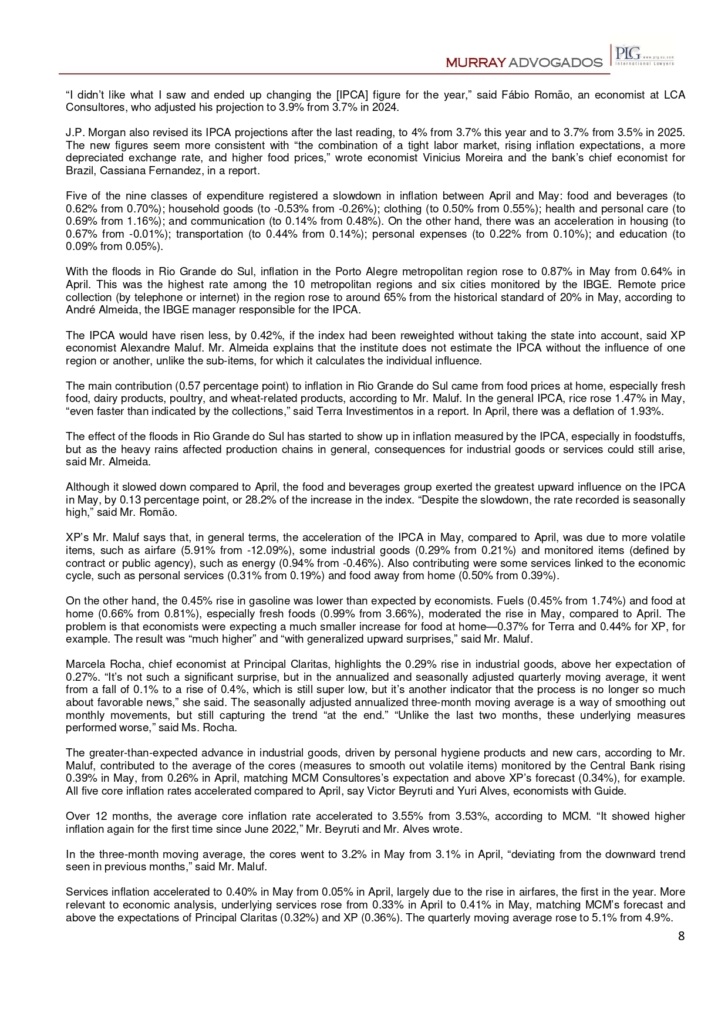
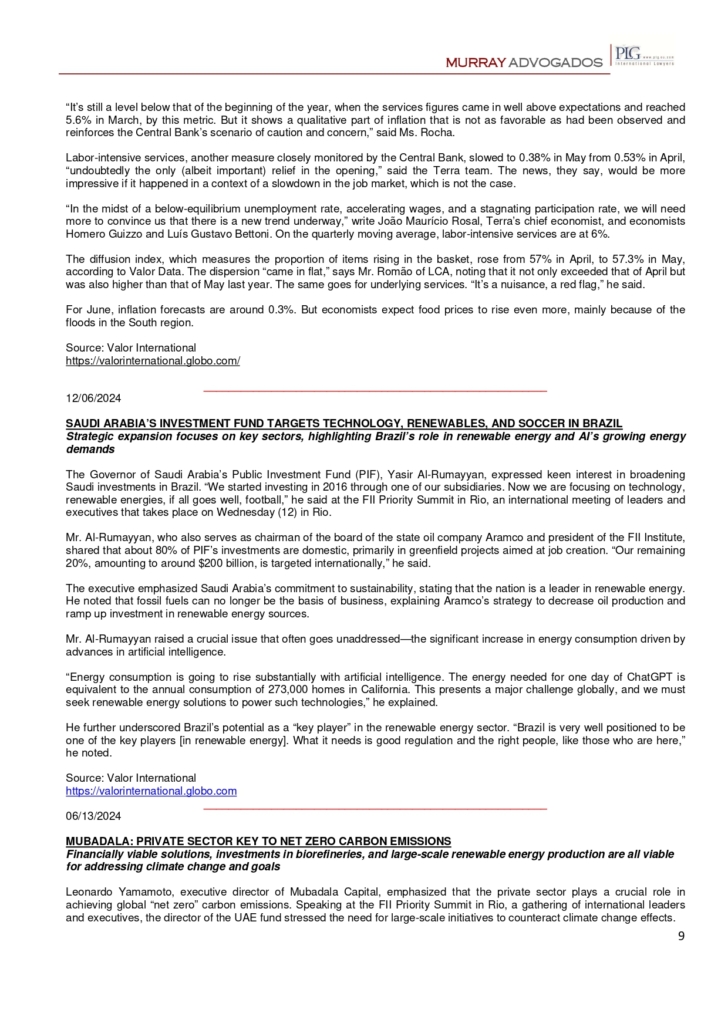
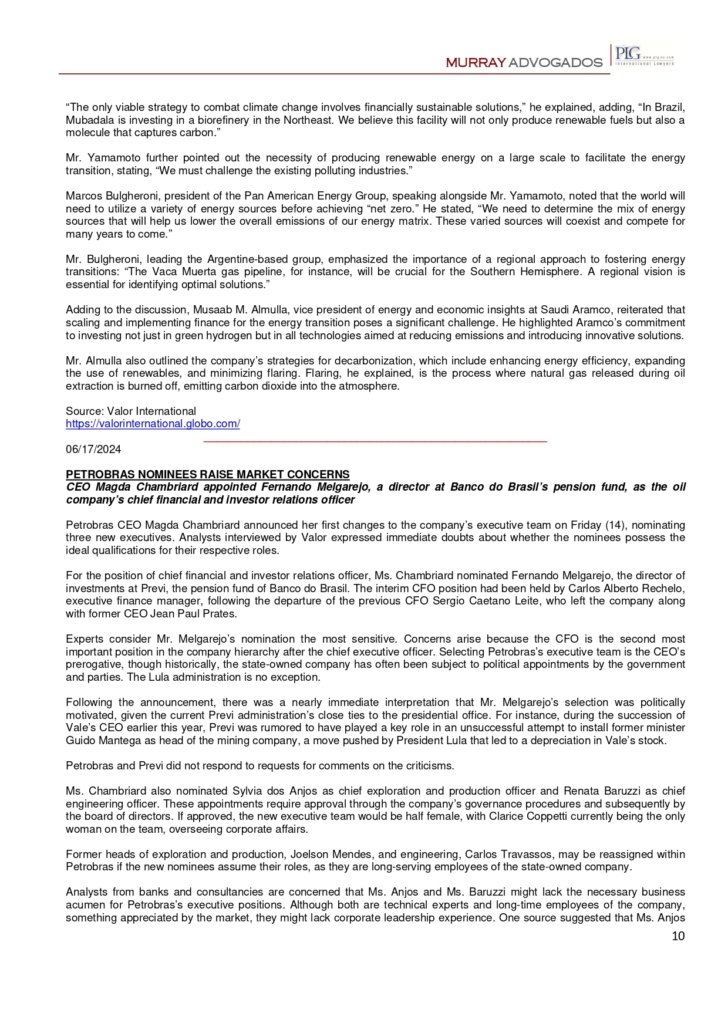
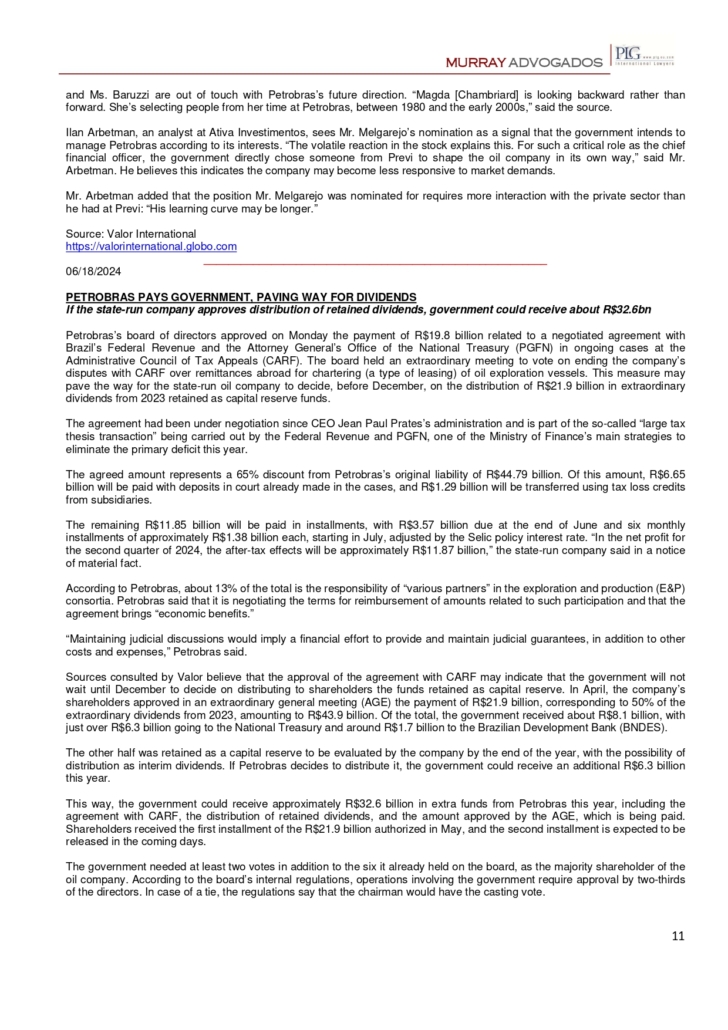
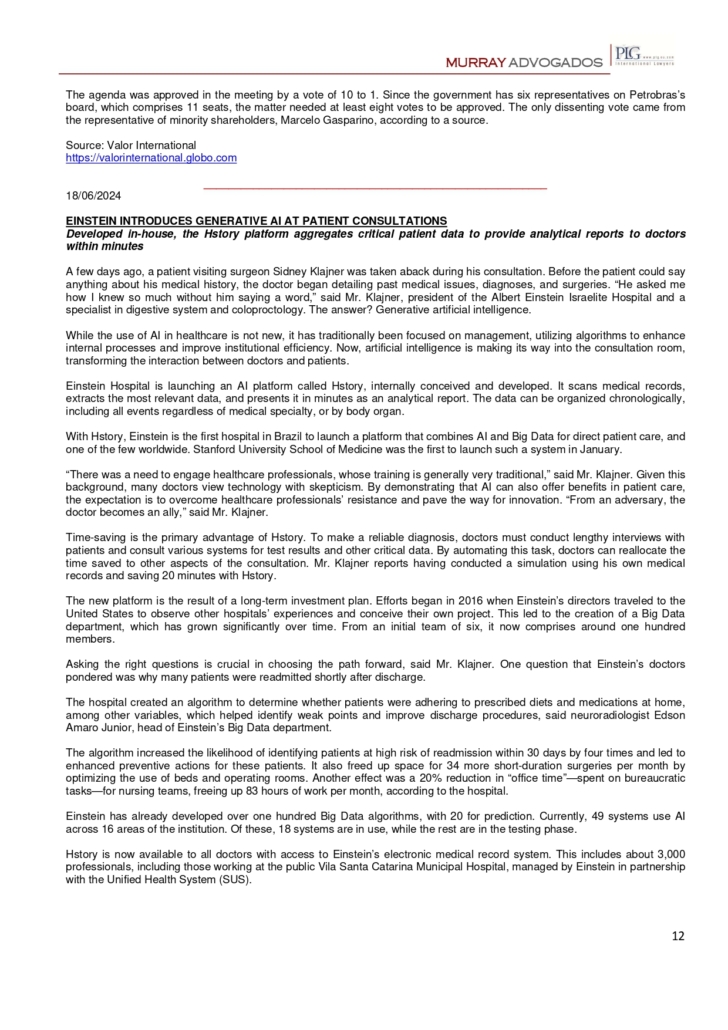
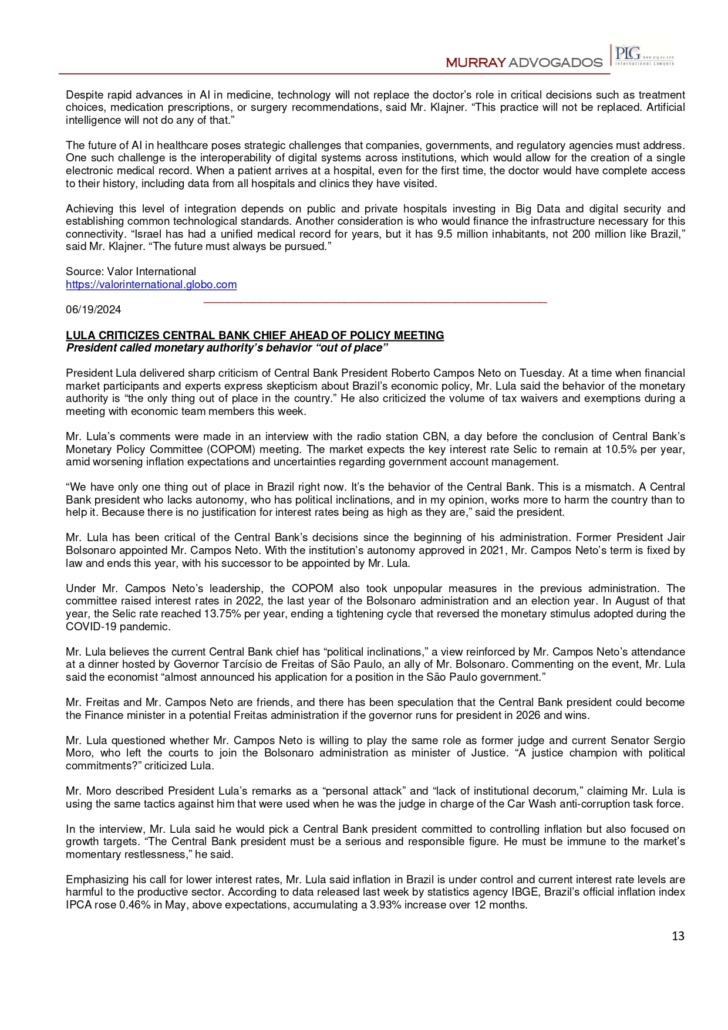
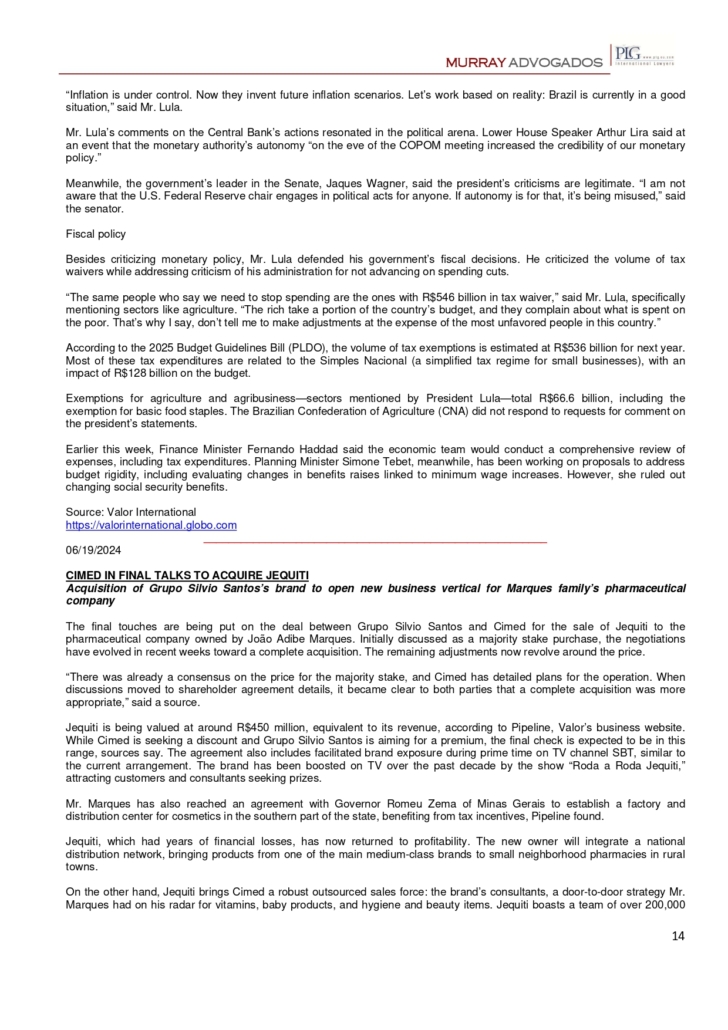

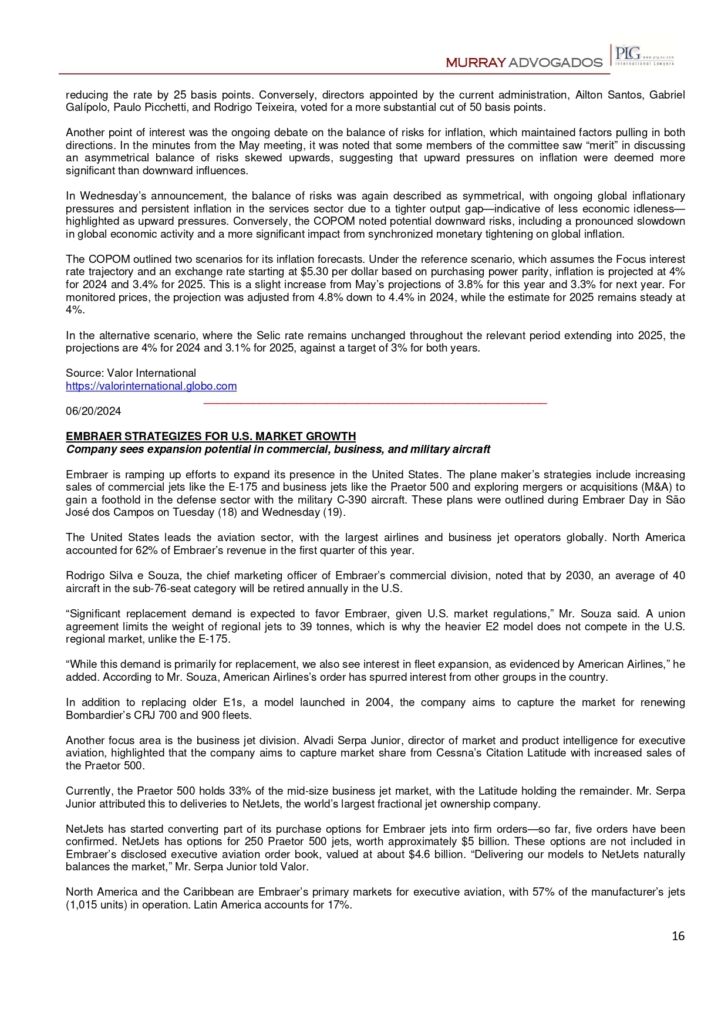
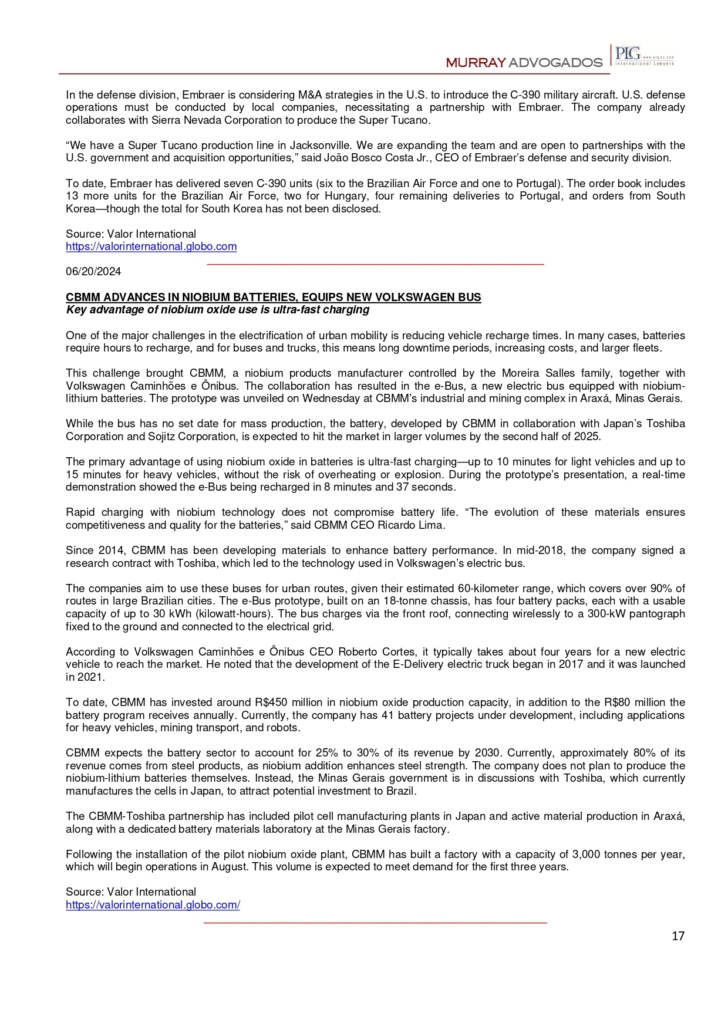
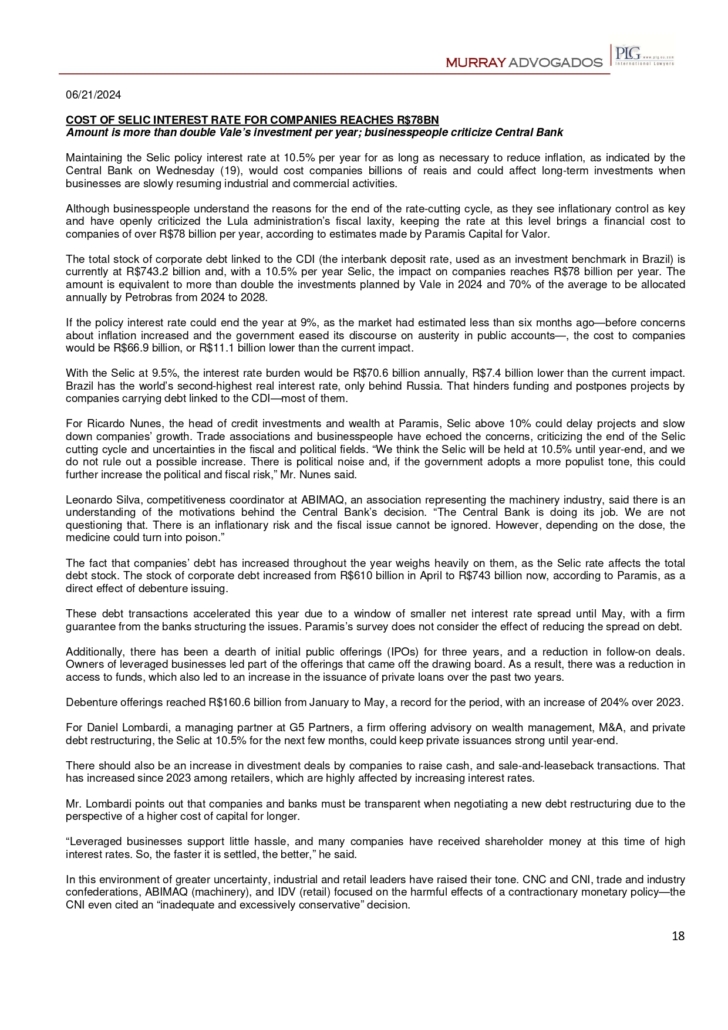

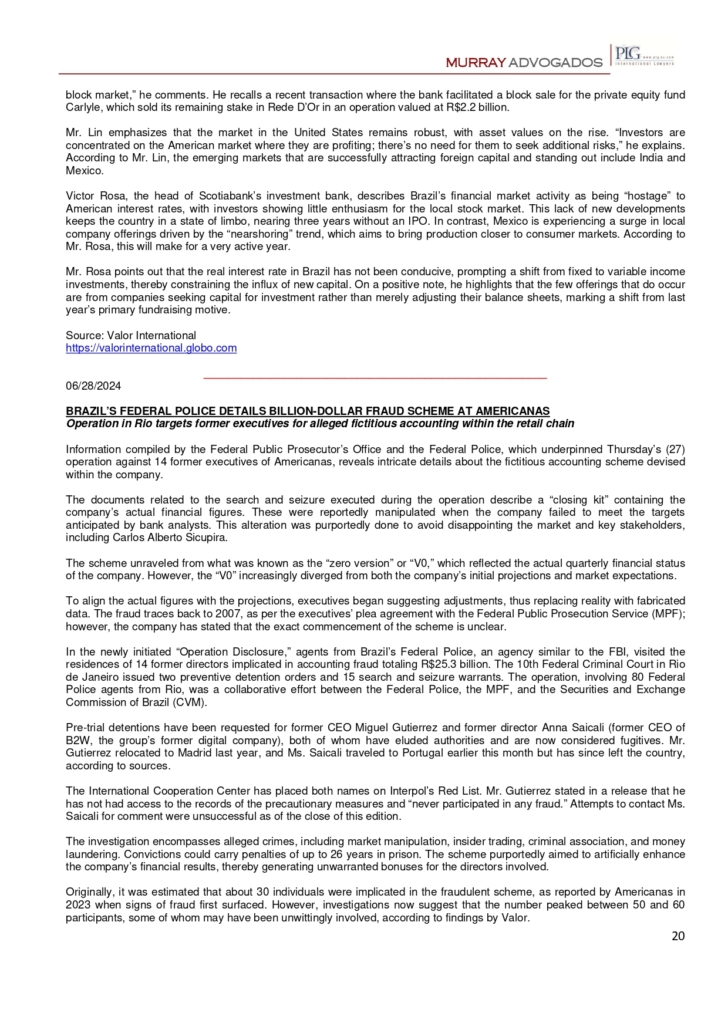

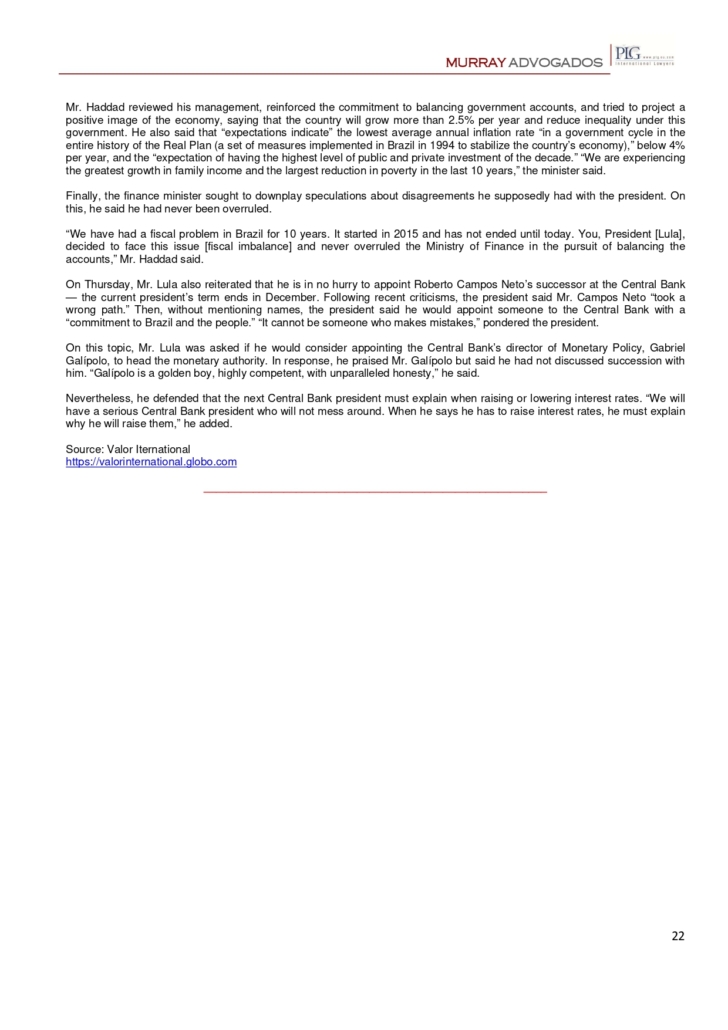
/i.s3.glbimg.com/v1/AUTH_37554604729d4b2f9f3eb9ad8a691345/internal_photos/bs/2024/k/E/7Ixgg8SPOx1YpC8k9rew/270324-mauriciolyriofotowendersonaraujo-19.jpg)
/i.s3.glbimg.com/v1/AUTH_37554604729d4b2f9f3eb9ad8a691345/internal_photos/bs/2024/J/X/lTseFGR9CZI9gEB0qXvw/arthur-lira-01072024-bruno-spada-camara-dos-deputados.jpg)
/i.s3.glbimg.com/v1/AUTH_37554604729d4b2f9f3eb9ad8a691345/internal_photos/bs/2024/R/m/CmU6mPRjOmipelsCIdtg/keity-20saboya-20-281-29.jpg)
/i.s3.glbimg.com/v1/AUTH_37554604729d4b2f9f3eb9ad8a691345/internal_photos/bs/2024/S/u/TMZU2vRia3NJBAUelvtg/300523-20banco-20daycoval-20011.jpg)